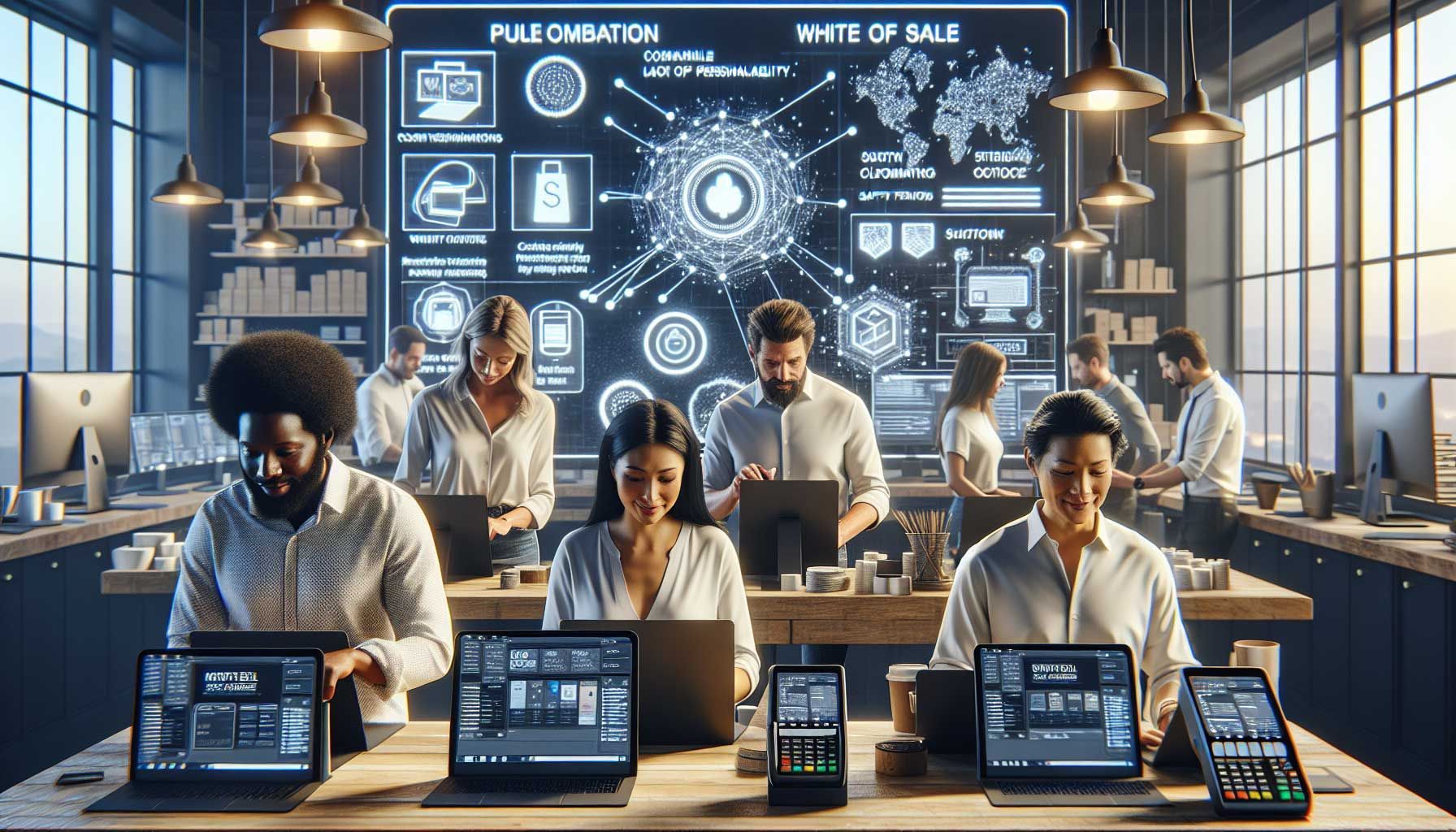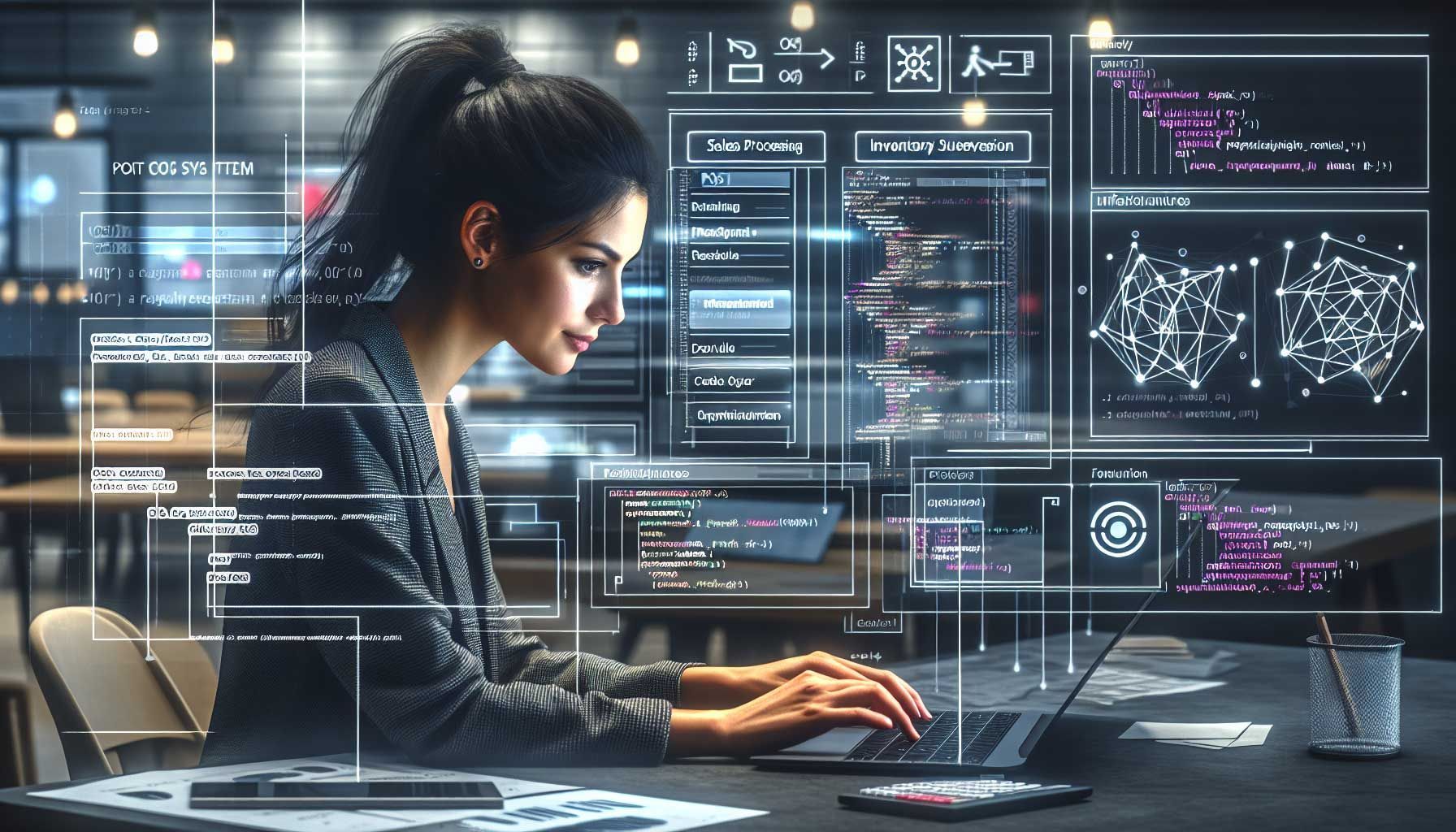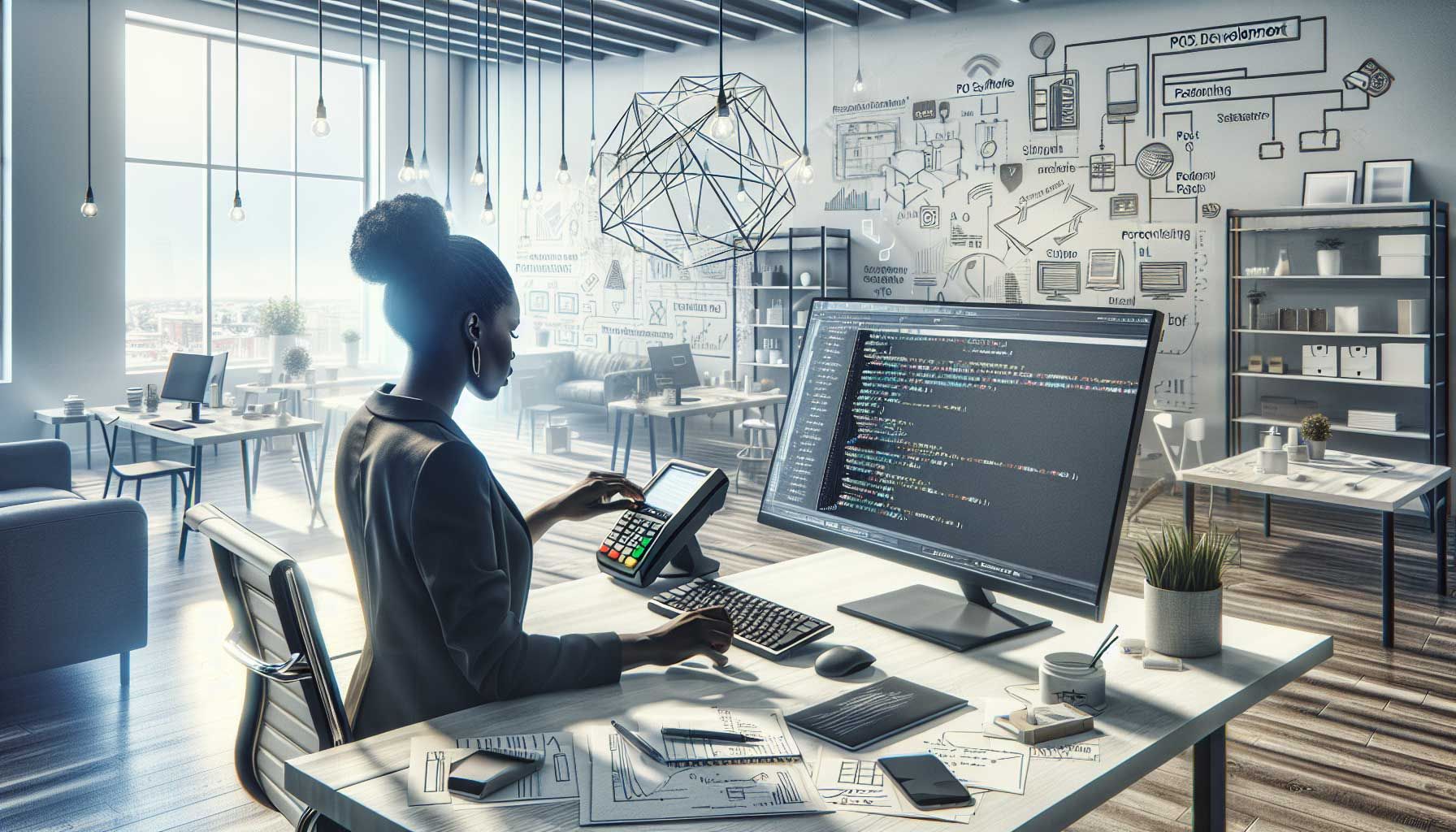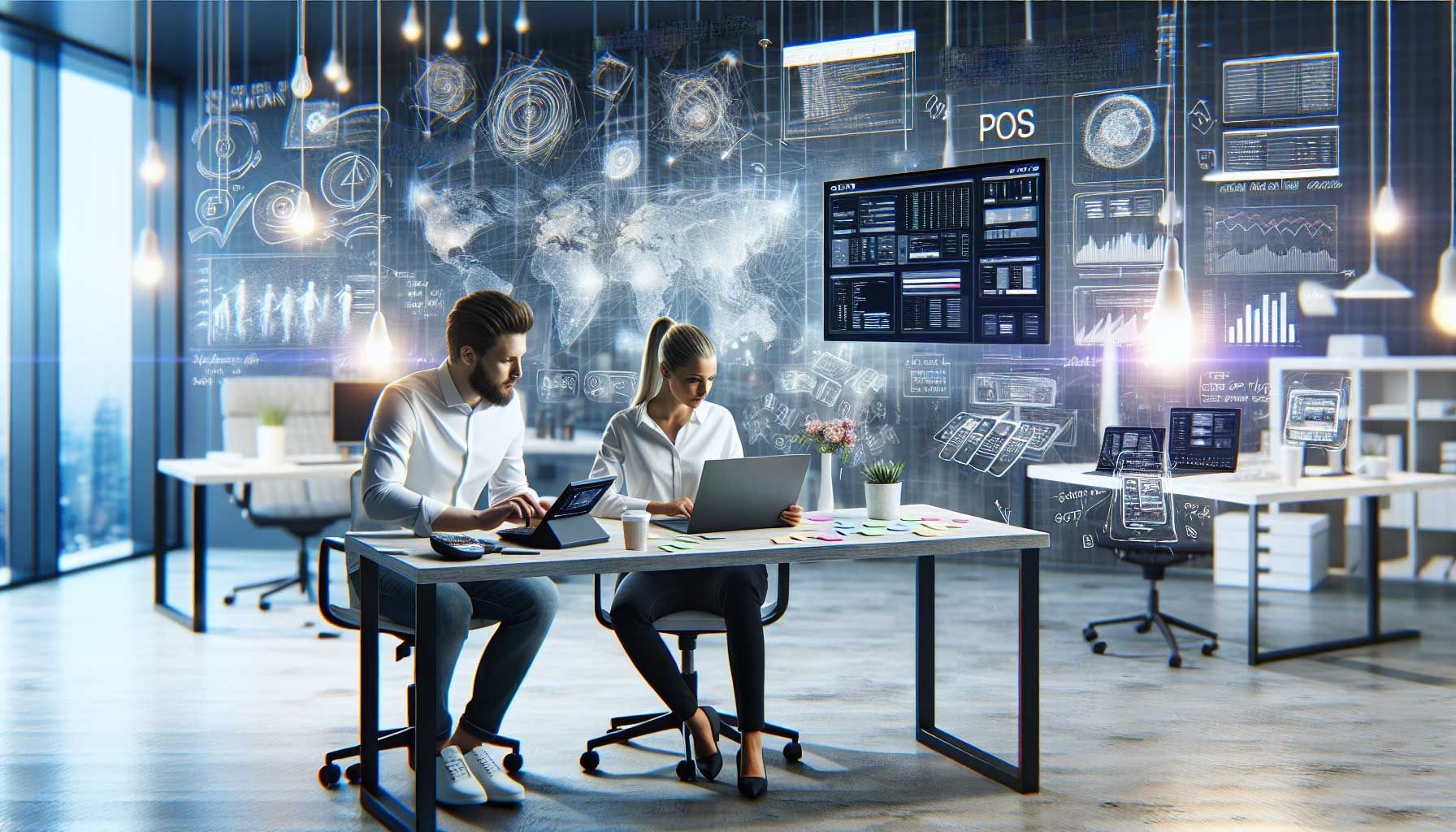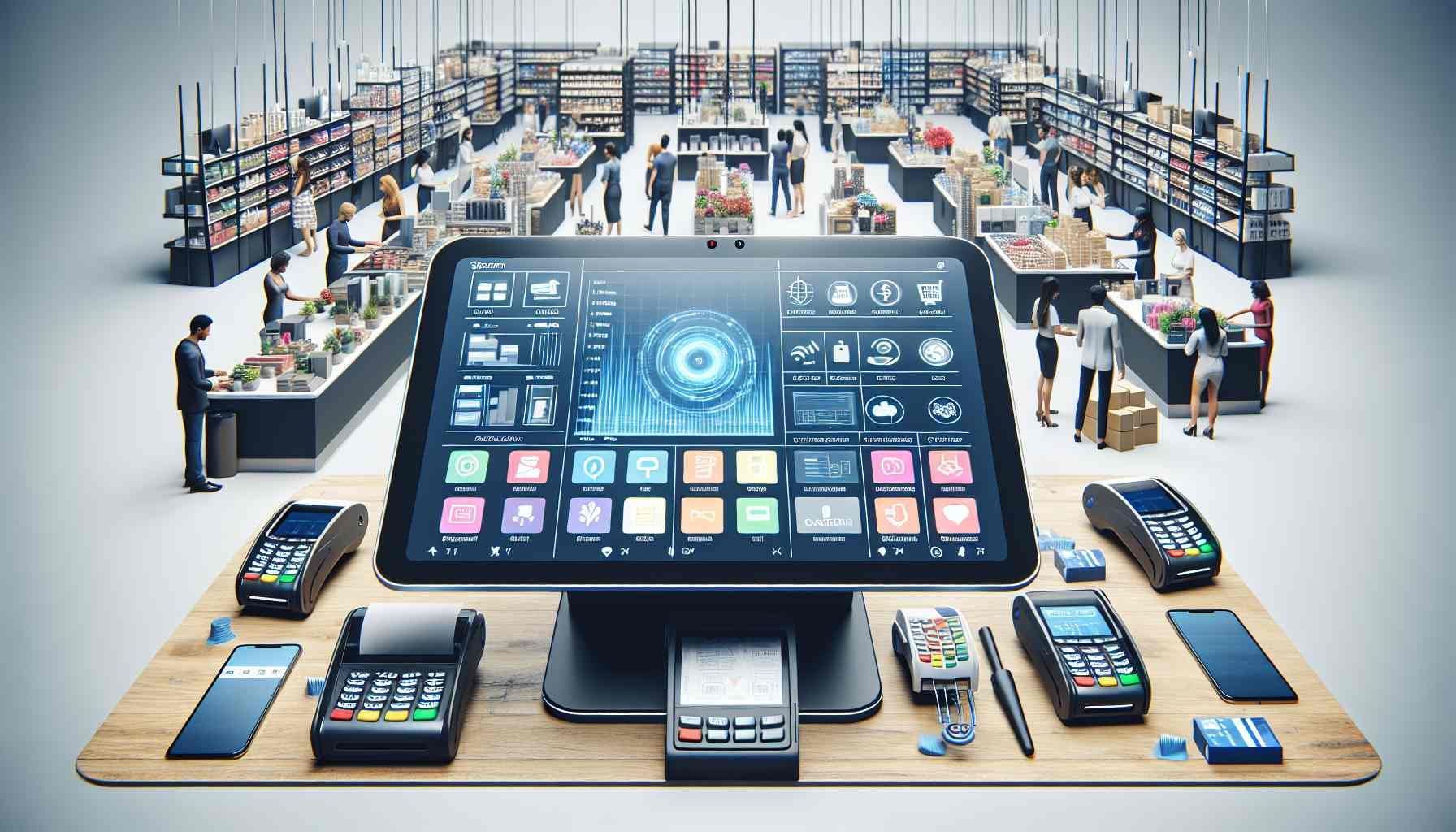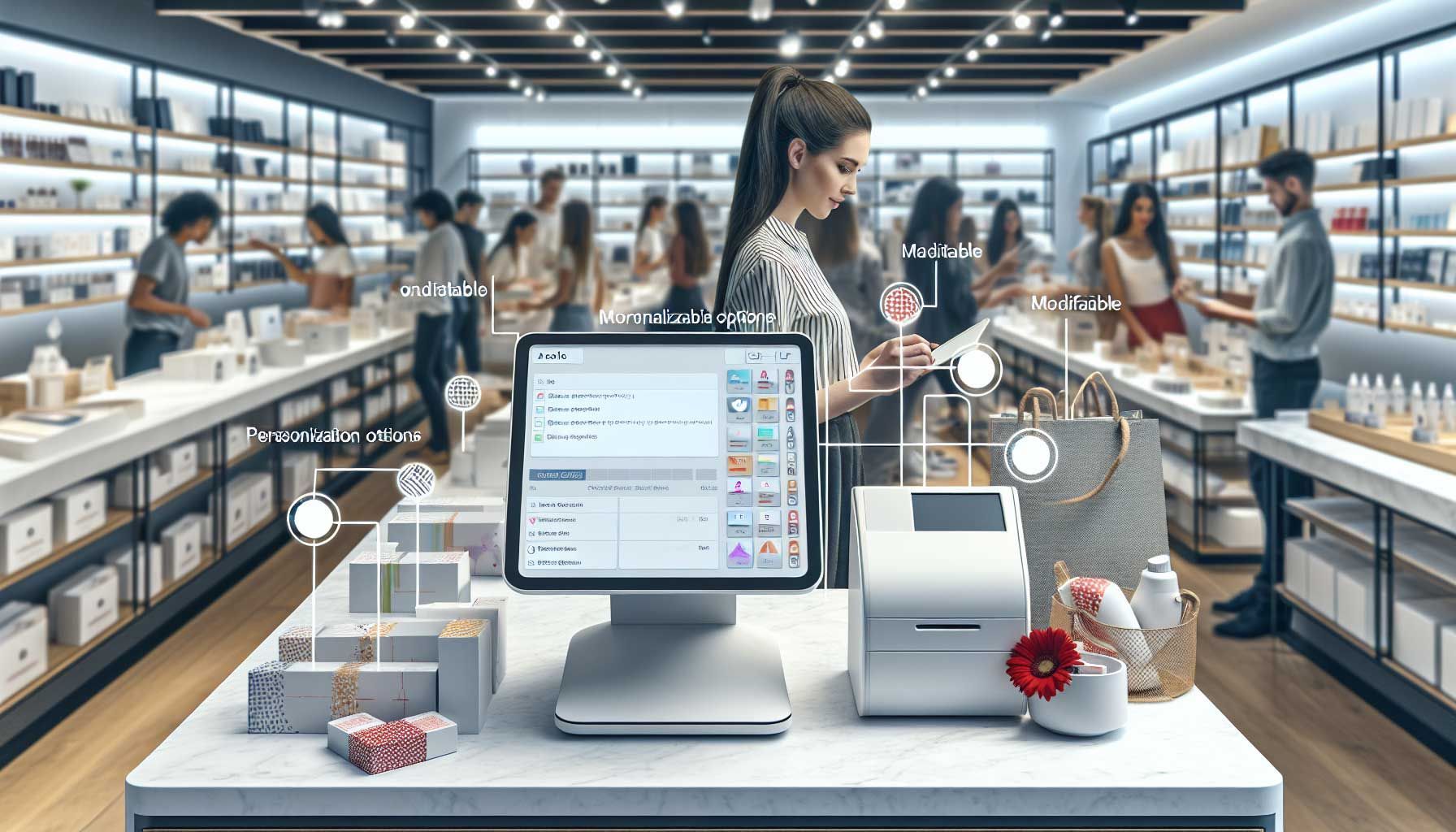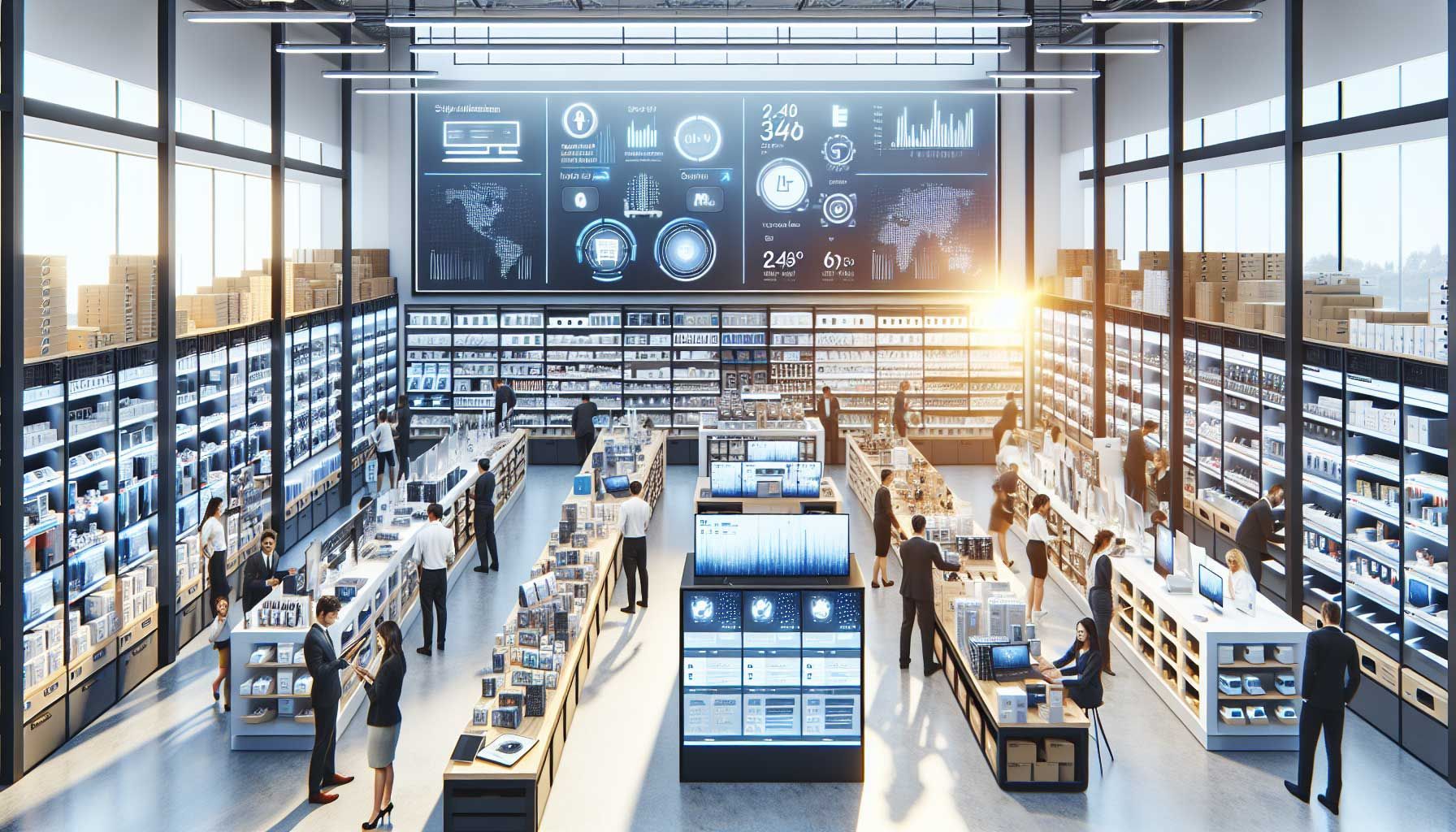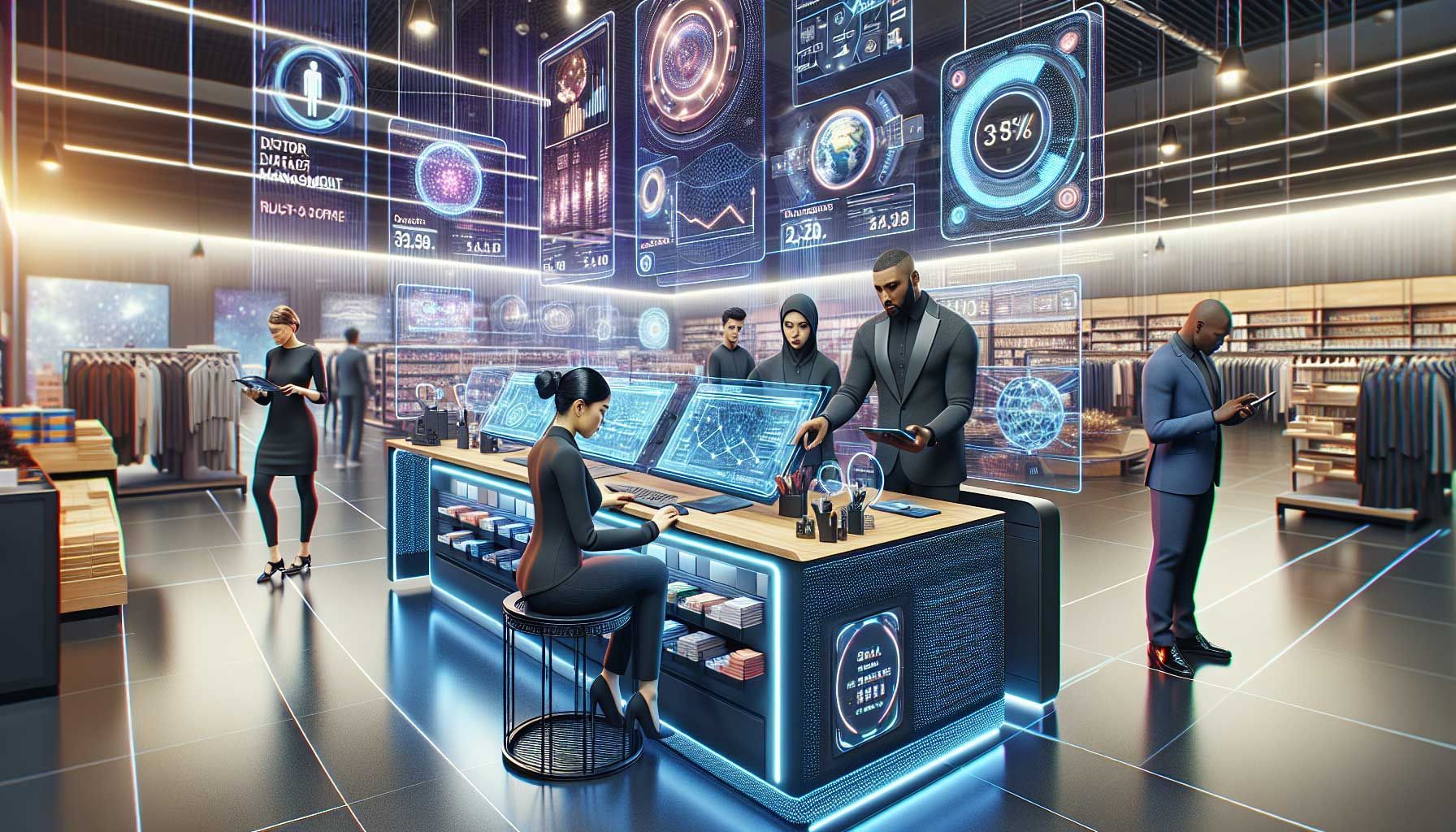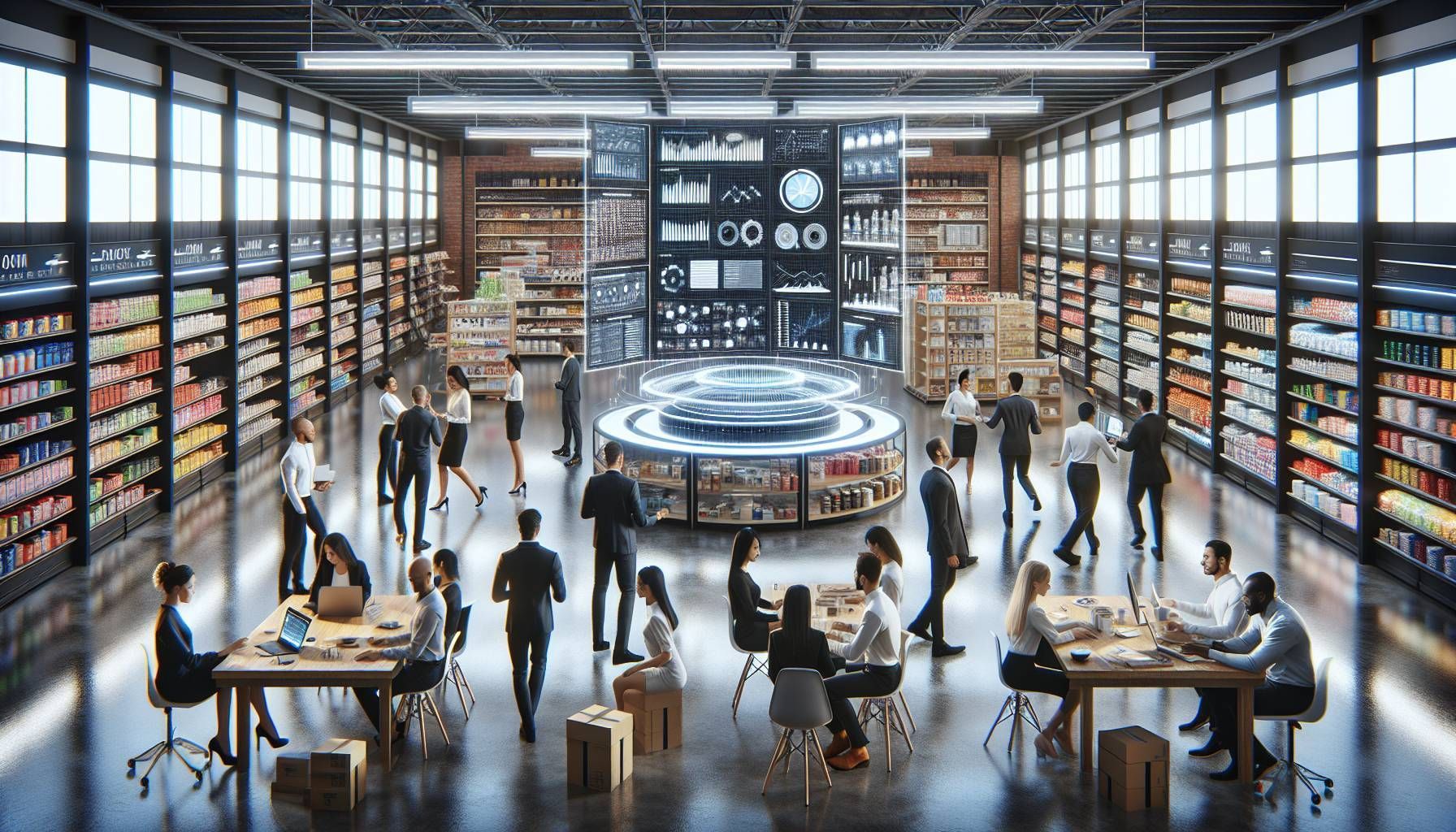12 Customer Expectations For Retail and How To Make A Difference
What are customer expectations?
Customer expectations are the ideas and feelings a customer has about the brand, product or service. His previous experiences play an important role in this. For example, we speak of a low expectation if the customer does not feel good about it. We speak of a high expectation if previous experiences have been surpassed.
Retail is woven into our society and it will continue to play an important role towards 2030, according to the new research by InRetail. Significant changes are underway with new customer expectations. This provides plenty of opportunities for retailers to reposition and set direction. Here we share a summary of the research specific to the retail stores. Know today and act on it tomorrow.
The essence of retail remains the same: bringing supply and demand together and optimally serving the consumer. The important condition for success in retail is that you meet and even exceed the increasing expectations of consumers.
We can define 12 customer expectations towards 2030:
- Consumer expectation is full transparency and contributing to a better world
- Throwaway society turns into a circular economy
- From possession to use
- Time saving and control
- Entertainment, Social Meaning and Knowledge
- The consumer expects personal relevance
- Sharing information
- Social Networks and Influencers
- Respond and Predict
- Data Driven Personal Marketing
- From typing and reading to seeing and hearing
- From store to ecosystem
1. Customer expectation is full transparency and contributing to a better world
Consumers are becoming increasingly aware and think carefully about what they buy and, above all, from whom. They are increasingly reflecting on the impact of their choices on the world. This means that as a retailer you want to be as open as possible about the organizational policy and the production process. For example, where do you buy your products? Who is behind the counter or is doing the aftersales? How is your price structured? Of course there will be consumers who will continue to opt for the cheapest, fastest or newest, but a few numbers do not lie:
- The percentage of consumers who opt for the product with the best price decreases from 69% to 52%.
- 49% of consumers find it important that companies demonstrate that they are socially responsible.
- 59% think it is important that stores are open about how their product is made.
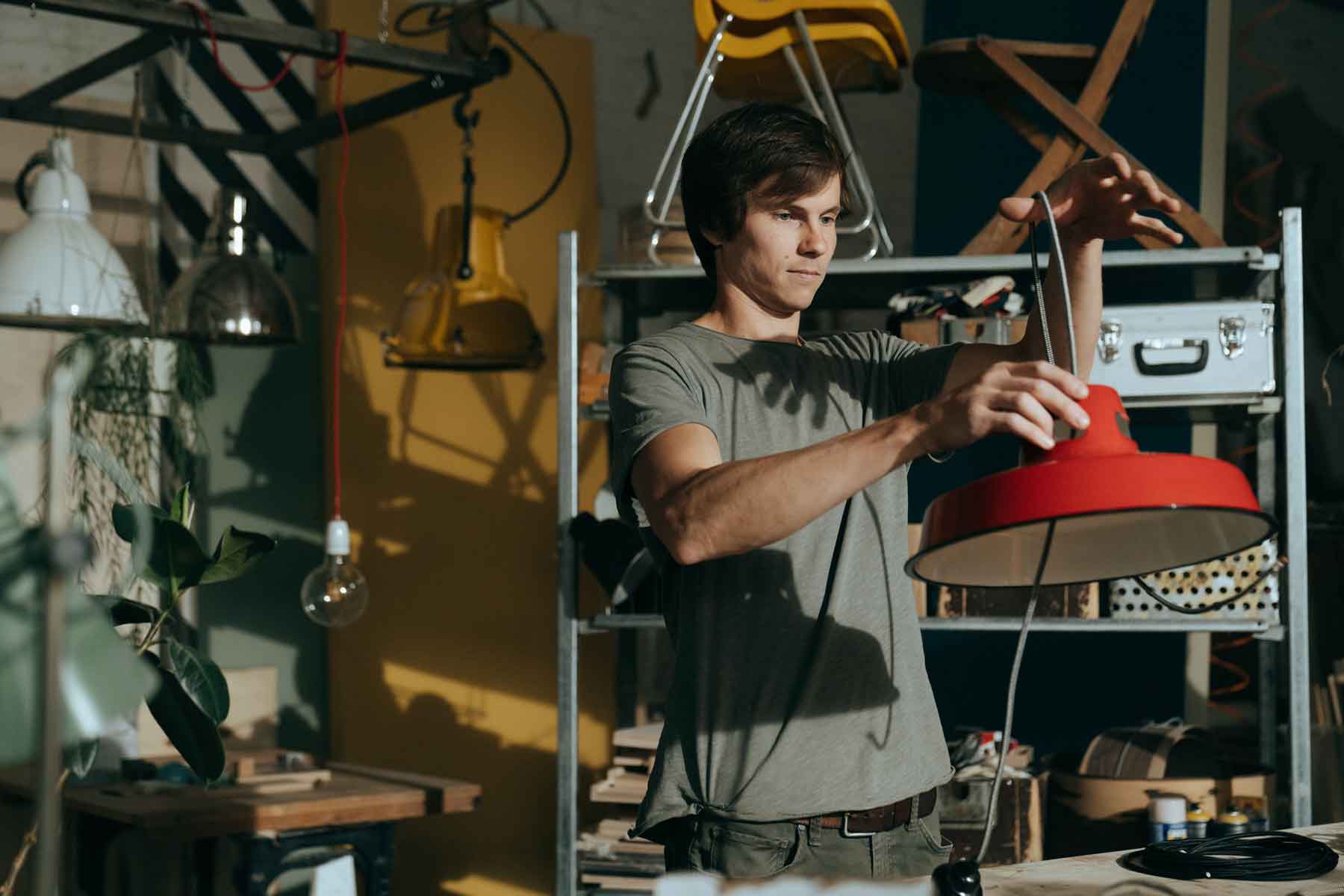
2. Throwaway society turns into a circular economy
Waste becomes the new raw material. Disposing of products is not future-proof, so recycling and passing on is becoming the new norm. This is already reflected in a growing second-hand market. The research shows that a lot will be reused in the accessories industry. Consumers are also increasingly selling to each other, but ultimately that is not the solution. The manufacturer increasingly remains responsible for the product instead of the consumer. With customer knowledge, logistics and services, retailers can contribute to this trend. Some figures:
- 60% of consumers are increasingly taking unnecessary items to a thrift store.
- 2/3 of consumers buy and/or sell second-hand products.

3. From possession to use
People want to be unburdened, save money, have more freedom and flexibility. This leads to more and more people who like to pay for using products instead of owning them. Concepts such as renting clothes are also being tested at H&M. For example, the retailer is also increasingly selling services instead of products. For example, as a jeweller you are selling a better look instead of an accessory. Now the delivered product is the end point, but in the future it will be the starting point.
4. Time saving and control
The retail store now controls the ordering process, but towards 2030 the consumer will determine where, when and how he can access his order. The wishes of the consumer are central and not the possibilities of the retailer. The retailer will therefore have to deal with an enormous amount of delivery options. Responsibility for stock and distribution is increasingly shifting to the producer. Retailers can also add value by offering services such as maintenance. In this way you can also exceed customer expectations.
5. Entertainment, Social Meaning and Knowledge
The primary function of the retailer has always been oriented towards the transfer of a product. However, the function of the shop will change into a place where entertainment takes place. The human factor is therefore becoming increasingly important. It’s about personal contact, building a relationship and interacting. So shops are also going to compete with theaters and amusement parks to pass the time.
6. The consumer expects personal relevance
The consumer changes from end user to designer and co-producer. Thanks to technological developments, brands are increasingly involving the end user in the production process. Therefore, there is a gradual transition from mass production to customization. More and more options are available to make this happen, so that consumers can completely compose their own product. The consumer is therefore increasingly becoming an individual with specific wishes. He is looking for solutions that meet these needs.
7. Sharing information
Consumers are increasingly realizing that sharing information means that they are better and faster informed and supported. They are going to share their data, but not just with anyone and not without any reason. There must be added value for them and they must always remain in control. A customer is therefore increasingly identified upon entry instead of upon closing. Check-out is also becoming easier in the retail store (like the Amazon supermarket, where you walk out ‘without paying’).
Also, the reward of regular customers starts even before they buy something. Advice and in-store communication are made truly personal based on data. 60% of people also think it should be easier to shop anonymously. So consumers increasingly want access to their own data and have control over it themselves.
8. Social Networks and Influencers
Word of mouth has always been a dominant form of marketing, but under the influence of Social Media, this is taking it to extremes. This means everyone is always online and videos are replacing traditional ads. Each consumer thus acts as a media channel. If you can entertain consumers in a certain way, they will be the advertising channel for the store.
9. Respond and Predict
Don’t buy anything yourself, but get everything you need delivered automatically. Many consumers want this and technology and AI are making it possible. Of course, this especially applies to products for which the interest is not so high (such as groceries). How could you apply this to your industry? It is not only limited to automatic repeat purchases, but the use of technology can also predict the needs of the consumer. For example, if a gala is planned on Saturday evening, products can automatically be ordered for that. But the shop also knows which products this customer (probably) needs. Customer loyalty is therefore increasingly determined by the extent to which retailers really know the customer well on the basis of available data.
10. Data Driven Personal Marketing
The consumer is confronted with an overload of messages and signals all day long. The consumer of the future therefore primarily desires relevance. This means getting the right message at the right time, in the right place, on the right device and through the right medium. Control over the entire Customer Journey is therefore essential, because this customer journey is full of moments when the customer wants to be informed. Collaboration with suppliers and algorithms will therefore play a major role in this. So we are undergoing a transition to open data systems to make it as personal and relevant as possible for the consumer.
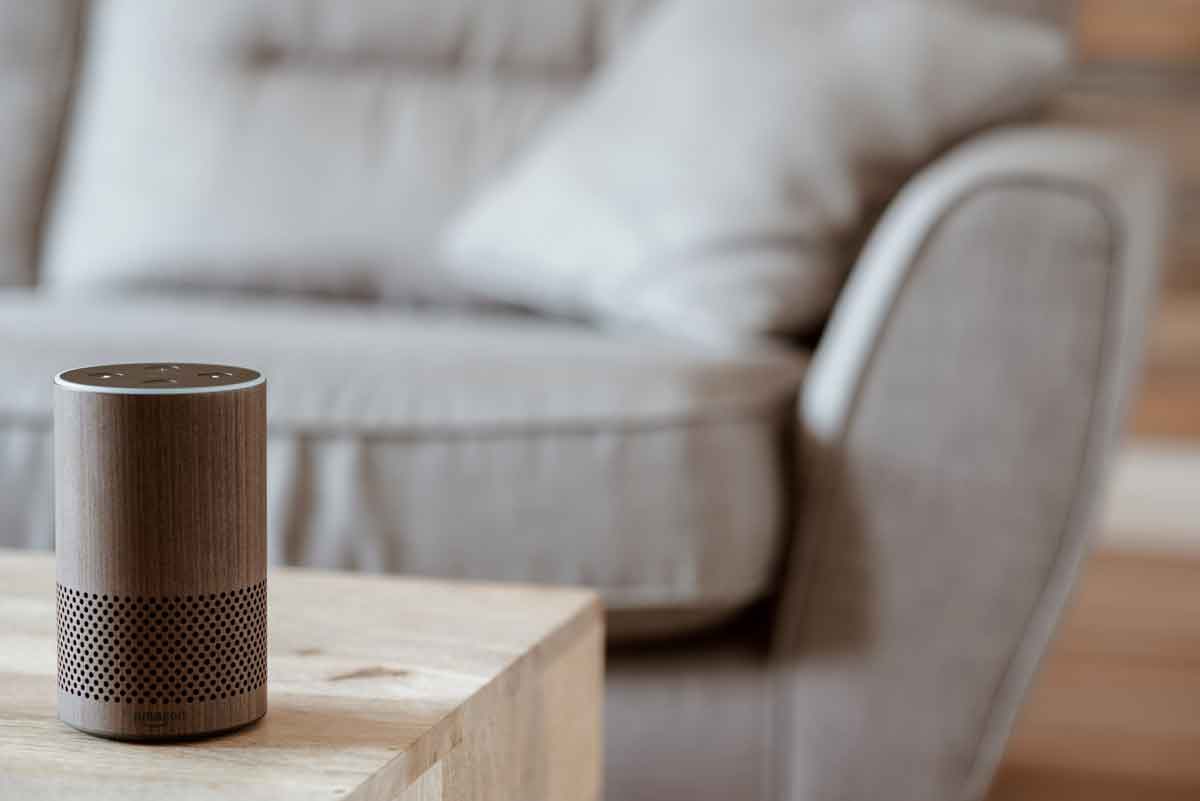
11. From typing and reading to seeing and hearing
A static environment dominated by text will be dominated by an interactive environment by image and sound. Future generations will grow up with speech, lenses, objects, images and sound. Speech-driven digital assistants, virtual reality and augmented reality have become an integral part of the retail landscape. Thus, text-based searches are replaced by speech. With some apps you can also see how the product will fit you.
12. From store to ecosystem
For retail stores, there is a transfer of platform thinking towards network thinking. So no longer think about selling products through someone else (for example Amazon and Wish), but try to work together and join forces in a value network. This is the only way to offer a seamless customer experience. Taking advantage of each other’s strengths to remove pain points in the customer journey. Collaborate with your biggest competitor to get even better together. The network effect is more than a sum of 1+1=2, but can even go beyond 3 or 4. That is part of your customer expectations.
Conclusion for retailers:
The mission of every retailer is clear. Remain relevant and distinctive for the consumer. Whether this is based on price, brand or customer knowledge.

Bring your shop to the next level
Hi, I'm George and I like retail and technology. Therefore, my passion here at Retailgear.com is to provide you with reliable information to automate and digitize your store. You can find out what we can do for your industry through our menu. Also, feel free to check out this updated list of retail tools.
Get inspiration in your inbox to get more sales and store visitors with less effort.
Contact Us
Share this post:
More about your favorite subject
Discover latest posts

